Many Russian dackets try to plant not only vegetable crops and fruitful trees, but also beautiful flowers, as well as shrubs that become a real garden decoration. Such cultures include the plant Stakhis, which is also called "purple" or "sheep's ears". The last name culture received because its leaflets and branches have a small gun on the surface, published resembling pieces of fiber or six. Next, we consider in more detail how the stachis landing is carried out, and care for this culture in the open soil.
Stakhis: Description
A plant in the form of a small shrub or grass stachis grows. There are both annual and perennial grade of culture, each of which has characteristic differences and features. There is a culture to the family of casnotkov. Initially, Stakhis was cultivated on the territory of Balkans and Malaya Asia. From there, he spread throughout Europe. In addition, the plant is successfully grown in Russian latitudes, even taking into account the climatic conditions of our country.
The main characteristics and distinguishing features of the culture are the following parameters:
- There are more than 300 varieties of this plant. Some of them belong to perennials, others - for one-year cultures.
- The inflorescence of culture has an oblong shape resembling a spacing. Therefore, the plant and got the name "Stakhis".
- There are varieties of culture related to decorative species, as well as those that relate to the group of medicinal plants.
- Plant leaflets, as mentioned above, have a slight omission, thanks to which the culture acquires a beautiful decorative appearance.
- The height of the shrub can reach 1.1 m.
- Stakhis flowers have pink, yellow, purple, purple or white color.
- Seeds of culture in their appearance resemble a small nut.
Growing Stakhis from seeds
Most often used by a seed method of breeding the plant, less often - reproduction with tubers and cuttings. Plants seedlings grown from seeds have better survival rate. Stakhis seeds can be purchased at any flower shop, or collect them on their summer cottage, after the shrub is poking.
The culture is reproduced according to this method in the next order:
- Initially seed seeds for landing. They should be healthy, there should not be visible defects (dark spots) and traces of rot.
- Further, seeds pass the procedure for stratification and hardening.
- In landing containers with soil seeds are placed at the end of February of the month.
- Containers move to a warm place. Earth in them should be periodically water.
- If the room is cold, the landing containers with seeds can be covered with a film.
- The first seedlings can already be obtained through 20-30 days.
- Once the first leaves appear, they dive.
As for the method of reproduction of culture with the help of cuttings or tubers of Stakhis, it should similarly select only healthy shoots. You can buy cuttings and stack tubers in flower shops, specially designed for summer residents and gardeners. Select them when the period of flowering culture has been completed.
Stakhis landing in soil
Plant seedlings should be planted in the soil only when the weather stabilizes. This usually happens at the end of May. At the same time, the Polyana, on which the culture is planned, should be well protected from drafts. Sun rays should be easily accessible to the site. Although, the plant feels nicely in half. But in the shady parts of the garden, the bloom of stakhis will not be so abundant and beautiful, as I would like. The soil on the plot should be neutral or weakly alkaline.
The order of planting stakhis in the soil is as follows:
- After a landing site is selected, a small amount of organic fertilizers should be made into the soil. For this, the peat or compost is suitable. In addition, the site should be hidden abundantly before planting culture.
- The planting wells on the site should be located 20 cm apart from each other.
- At the bottom of each landing fossa, it is necessary to put a drainage layer, which is perfectly suitable small pebbles, large sand or ordinary pebbles.
- Next, the seedlock is placed in the hole and the earth is satisted.
- Then a small amount of humidiation should be added to the site.
- After the seedlings are placed in the holes, the ground on the plot is watered.
Stakhis: care
Stakhis is not too demanding, so it can be raised without any problems on its summer cottage, even taking into account the changeable climate inherent in the regions of our country. Plant care activities include the following:
- Culture needs timely watering. However, you should not pour too much moisture, as this can cause the development of root rot. If the weather in the summer is arid, then the frequency of watering should be increased.
- The soil on the site should be periodically loosened to the root system of the plant to receive a sufficient amount of oxygen.
- Around the shrubs on the plot should be removed by weed herbs so that they do not interfere with the growth of culture.
- Before flowering culture should be dipped with the soil on the site.
- Make feeding to the ground on the site once per season. To do this, the compost is suitable.
- Those branches of stakhis, which are sprawling beyond the framework of the site, should be trimmed, as the plant can grow in a large area in a short time, thereby losing its decorative appearance.
- Once every 4 years, one young rosette should be installed in the center of Stakhis's bush, since old by that time loses their decorative look and become hollow.
- For the winter, Stakhis should be covered.
Stakhis: Diseases and pests
Stakhis resistant to pests and many diseases. The only ailments capable of hitting the plant are the following:
- White rot. It is characterized by the presence of white plaque on the leaflets of the plant. You can cope with this disease with the help of a Topxin solution (it is prepared according to the instructions - 10 grams of 5 liters of water), then after 7-9 days the plant spray the chorus preparation (6 grams to 5 liters of water).
- Necking rot. It occurs with excessive watering of the plant, as well as in the case of moisture stagnation in the soil near its roots. You can cope with the disease with the following biological products - pseudobacterin-2, Gamiir, Platrous.
Stakhis: Variety
There are more than 300 varieties of the plant, but not all of them can be cultivated in Russia. The most popular varieties that are grown by Russian summer houses are the following types:
- Stakhys Wool (Stachys Lana). Otherwise, the grade is called Stakhis Byzantine. It grows most often in the territory of Transcaucasia, Turkey, Iran, as well as in the south of Russia. This variety is considered perennial. Stakhis shrubs of this type in height can reach 50-60 cm. Plants stems - a reprehension, occasionally covered with foliage. Rhizome in this variety of culture is very powerful and branched. Flowers with flowers of fine diameter (up to 3 cm). Flowers have predominantly pink and white color.
- One-year stakhis (Stachys Annua). Most often landed in Europe and Siberia. This is a low-spirited grade, at a height reaching no more than 20 cm. This variety has one-time species. Flowers with flowers having white or yellow. This variety is an excellent honey.
- Stakhis Forest. In the wild, this plant is found in South and Southeast Asia, in the Caucasus, China and East of Russia. The stems of the forest purity can reach in a height of up to 1.2 m, have a direct, ascending shape with a gently hairy cover. The plant has the leaves of a very interesting oblong form. Stem leaves are sweet, pointed to the top, and the tops are oblong, one-piece. The top of the leaves of the plant has a light green color, and the bottom is gray-green. Inflorescences in forest stacks are elongated, consist of 6-8 flowers.
- Stakhis Zibold. The height reaches 40 cm. Flowers beautiful large flowers having pink, white and yellow.
- Stakhis swamp. In the people, this plant is known under the names of the Kalytik, the luggage, the tremble or a black bell. This plant grows almost throughout Europe and Asia in areas with temperate climates. The shoots of marsh stachis can grow up to 1.3 m. Their surface is thickly pubes with rough long hairs. The bottom leaves at the base have a rounded or heart-shaped shape, in the edges - small-grained, and the upper - all-strinny, seats, long-edged. The inflorescence of the marsh purity has a co-shaped form consisting of 6-10 flowers. The most common inflorescence color is purple-lilac.
- Stakhis large-flowered. Basically meets in the Caucasus and Central Asia. This perennial plant has a low growth - approximately 30 cm. The leaves have a heart-shaped or rounded shape, along the edge - are ordinary. Flowers plant with sound inflorescences, which consist of large flowers. Decorative varieties of large-flowered purity are also known: Alba and Superba. The first has white flowers, the second is a wider range: from pink to purple.
- Medicinal stachis (otherwise stakhis vegetable). Distributed practically throughout the territory of Eurasia. The height of the plant is up to 1 meter. Crowning the shoots of the corpsid inflorescences of purple or dark pink colors covered with small hairs.
In addition to the above-described types of Pisel, are also known: field, germansky, straight, Cretan and others.

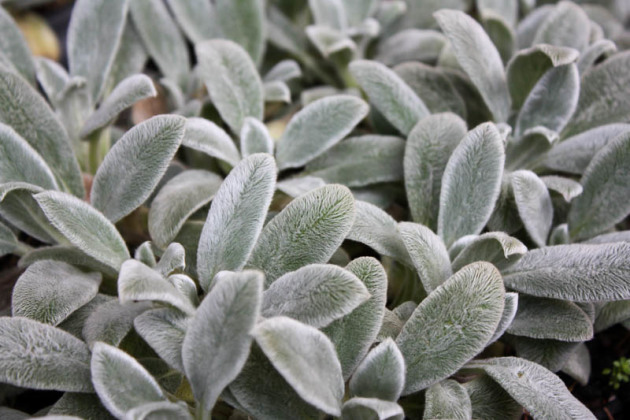
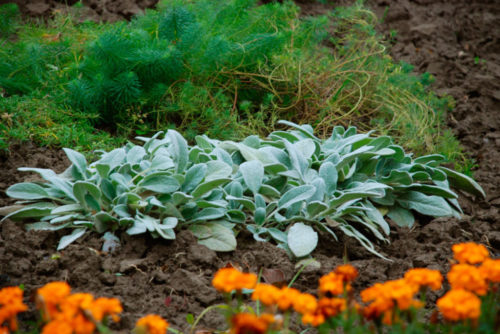
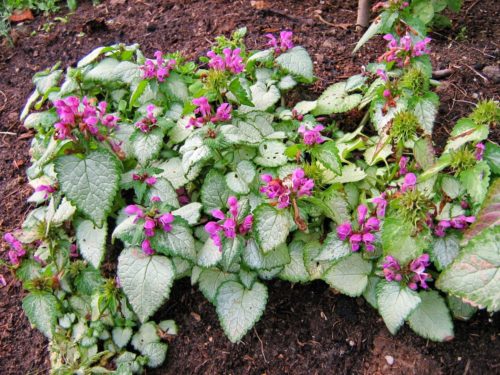

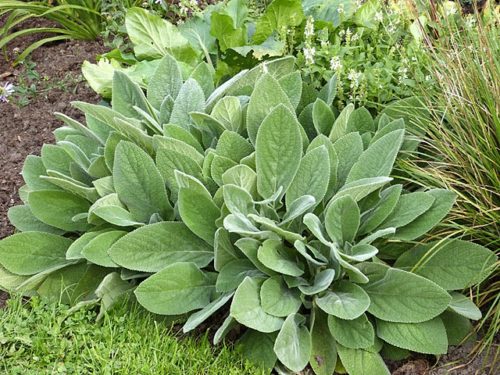

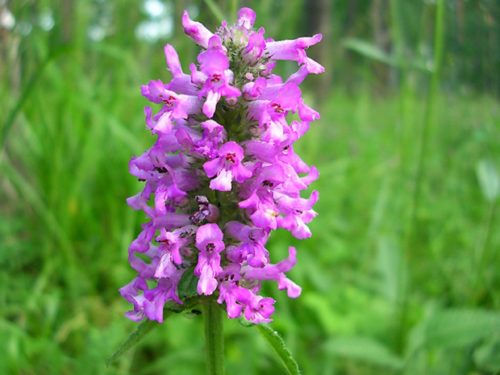
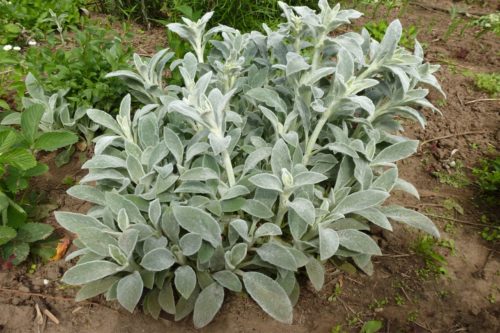
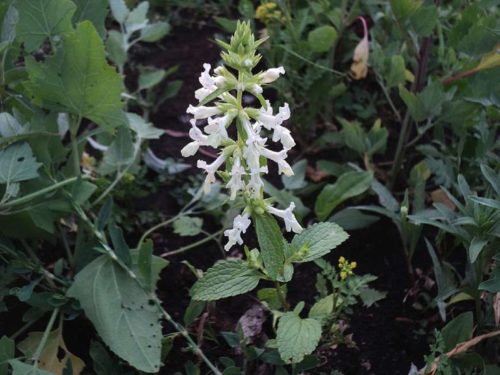
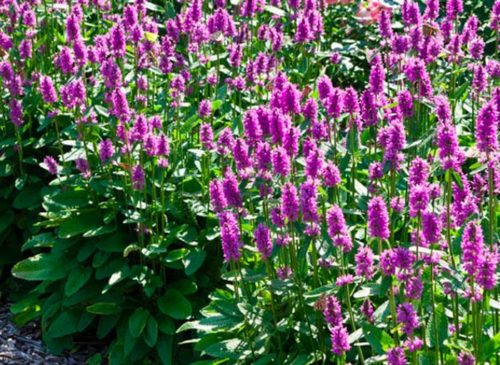
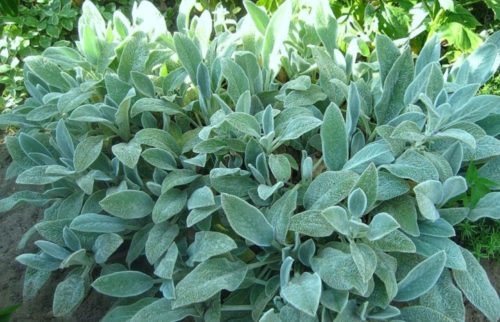












 Start a discussion ...
Start a discussion ...